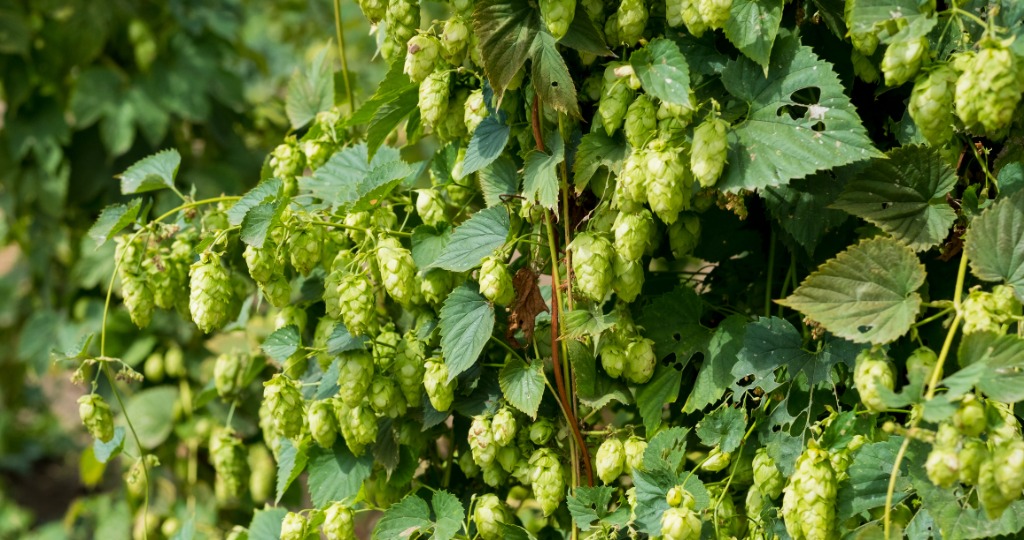Your Guide to Growing Seasons in the Willamette Valley
Each year, Willamette Valley farmers and vintners produce more than 170 crops, plants, and livestock—all of which show up in wine glasses, bouquets, award-winning restaurants, and more.
Find out when some of the Willamette Valley's best-loved crops are in season—and where you can enjoy the bounty of the region all year long.
What Should You Know Before Visiting Willamette Valley Farms?
Before heading out, you'll want to keep a few things in mind for the best possible experience:
Most farms and markets are open April-October, but growing seasons aren't exact. If visiting early or late in a crop's growing season, check with your farm's official website or social media channels to see whether they're open—and what's available.
Pets are allowed on some farms, but are generally discouraged when farm animals are present. Check with your preferred destinations to see whether dogs are allowed before setting out.
Keep in mind that you are visiting working farms—so please refrain from walking into buildings and onto crops, and be sure to obey posted signs at all times.
Spring Harvests in the Willamette Valley

The Willamette Valley's first blooms appear in March and April. Our crops include peonies (in-season March-July), tulips (April-May), colorful irises (April-July), and all manner of herbs (April-Sept.).
You'll find these blooms at nurseries and flower farms in the Willamette Valley—including:
- Wooden Shoe Tulip Farm—which hosts the celebrated Wooden Shoe Tulip Festival every spring and is part of the wider South Clackamas Farm Loop
- The Thyme Garden, which grows more than 650 varieties of fresh herbs in roughly 250 raised beds along the Mid-Willamette Valley Food Trail
- Swan Island Dahlias, whose Annual Dahlia Festival spotlights more than 370 varieties of the colorful flower
Summer Crops at Willamette Valley Farms
The busy season at Willamette Valley farms generally stretches between May and September, when the highest number of items are produced. Here are just a few of the many, many crops available at Willamette Valley farms in summer:

Right around Labor Day, harvesters get to work plucking hops from bines that can reach 20 feet or taller—all of which feeds our acclaimed craft beer scene.
Some hops are tossed into the mix right away to create fresh-hop beers (which put the hop's flavor profile front and center and are usually available Sept.-early November), while others are pelletized and processed for use in beers over the coming months.


Starting in late June and continuing through July, purple lavender covers farms around the northern Willamette Valley—especially along the Newberg Lavender Trail, where visitors can pick flowers, try lavender-infused food items, and purchase products made with the herb.
Wayward Winds Lavender, part of the Yamhill Farm Loop, hosts more than 100 varieties and dishes all manner of lavender-infused food and refreshments. Further south, the selection at Barn Owl Nursery (along the Farmlandia Farm Loop) is always worth checking out—and McKenzie River Lavender (part of the South Willamette Valley Food Trail) hosts a festival each July.


Every summer, the Willamette Valley produces millions of pounds of succulent strawberries, raspberries, boysenberries, blueberries, blackberries, and Marionberries (first cultivated in the Willamette Valley and now a regionally iconic item). Fresh strawberries first appear at markets and farm stands in May, with the rest of the crops following in June and lasting through the end of summer.
If you're looking to pick your own, grab raspberries and blueberries at Perryhill Farm along the Great Oaks Food Trail, organic blueberries at Moon Ridge Farms along the South Clackamas Farm Loop, and strawberries at Bernards Farm.


Dazzling dahlias bloom between late July and September, adding a pop of color to the Willamette Valley. For fresh-cut flowers, stop by Swan Island Dahlias along the South Clackamas Farm Loop; the third-generation farm is the nation's largest dahlia producer, offering more than 370 varieties each year.


Fall Harvests at Willamette Valley Farms
Most of the season's crops have been harvested by fall, but you'll still find roadside stands, farms, and markets selling whatever's fresh. On weekends, families flock to pumpkin patches and harvest festivals at farms throughout the region. Here's a look at what you'll find in fall throughout the Willamette Valley:


Apples might start growing as early as June—but they have their moment every autumn.
Bauman's Farm & Garden, for instance, sits along the Marion Farm Loop and hosts an annual harvest festival where apple cider doughnuts, caramel apples, slushie drinks, and cider (both hard and non-alcoholic) are served in abundance.


Roughly 99% of all hazelnuts produced in the United States are grown in the Willamette Valley.
Get a taste of the regional delicacy at Thistledown Farm (along the South Willamette Valley Food Trail), which sources its crops from the appropriately named Hazelnut Hill (just next door) and sells the nuts—alongside beef, baked goods, and other locally grown produce—between mid-April and early November.


Picking your way through Willamette Valley pumpkin patches is a great way to spend a crisp autumn afternoon when the gourds ripen in September and October.
Every fall, E.Z. Orchards Farm Market transforms its store into the hub of the month-long HarvestFest that hosts a massive pumpkin patch, corn maze, hay rides, farm animal encounters, and kid-friendly games. You'll find E.Z. Orchards and other great pumpkin patches along the Marion Farm Loop.


The Willamette Valley is home to nearly 700 wineries, and vintners throughout the region work all year long to ensure a fruitful grape harvest in September and October.
While those wine grapes won't show up in glasses for several months or even years, get a taste of what's to come at family-owned wineries along the Yamhill Farm Loop—including Abbey Road Farm, Durant at Red Ridge Farms, and the sustainability-minded Soter Vineyards. To the south, the Great Oaks Food Trail hosts nearly a dozen wineries and wine bars—including Eola Hills Wine Cellars and the family-owned Illahe Vineyards in Dallas.

Winter Crops Across the Willamette Valley
By winter, most farmers have harvested their last crops, closed their roadside stands, and started looking to spring. That said, the quiet season rewards visitors with winter farmers markets, memorable farm-to-table experiences, and a variety of fresh crops. Here's a look at what's growing and available in winter.

Unsurprisingly, Christmas tree farms do their biggest business between mid-November and mid-December, with families picking the perfect tree all over the Willamette Valley. Frog Pond Farm (part of the Farmlandia Farm Loop) sells live trees, wreaths, and garlands every holiday season.


Winter makes a great time to sample products that are available all year long-like honey. Flying Bee Ranch, just east of Salem along the Marion Farm Loop, offers free honey tastings accompanied by education on bees, beekeeping, honey extraction, and related topics; in all, Flying Bee Ranch produces more than 20 honey varieties (including blackberry honey and pumpkin honey). Other year-round products to look for in winter include locally sourced beef, lamb, and eggs.


Discover the Willamette Valley's indoor farmers markets, offering fresh fare and locally made products of all kinds all year long.















